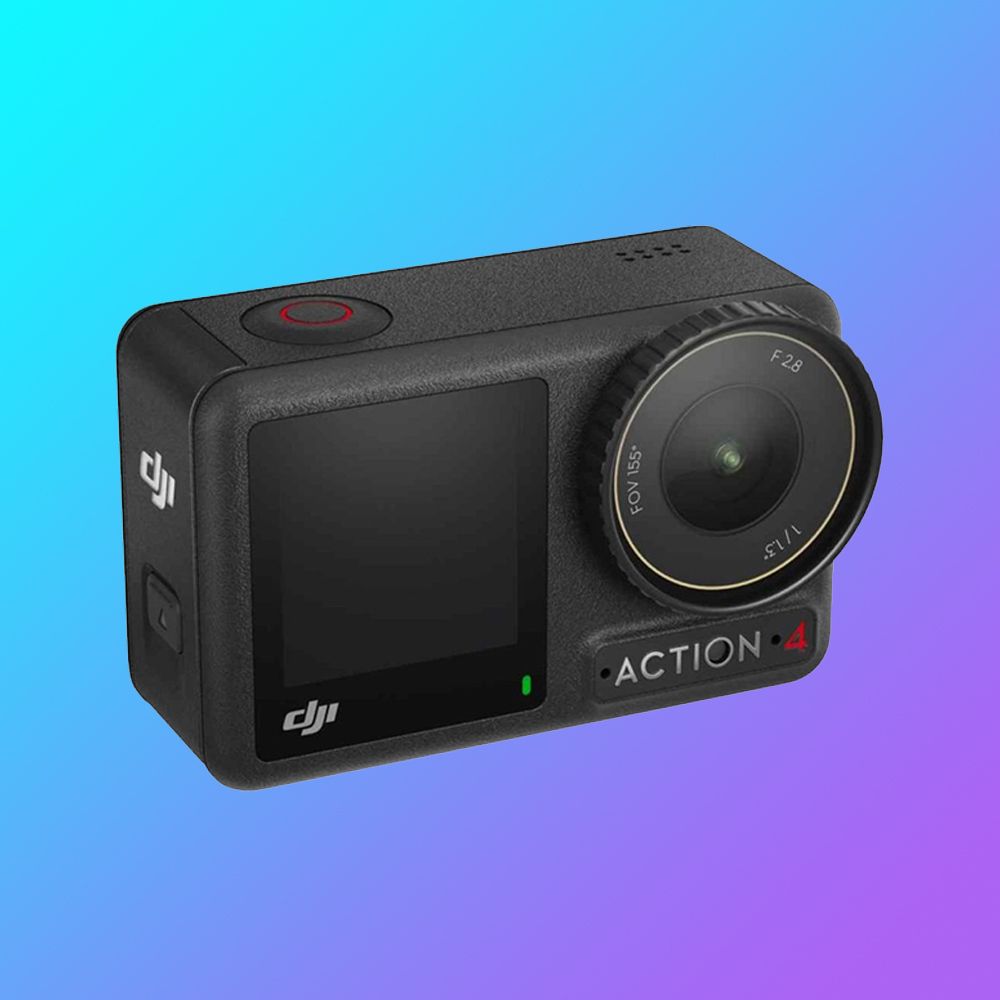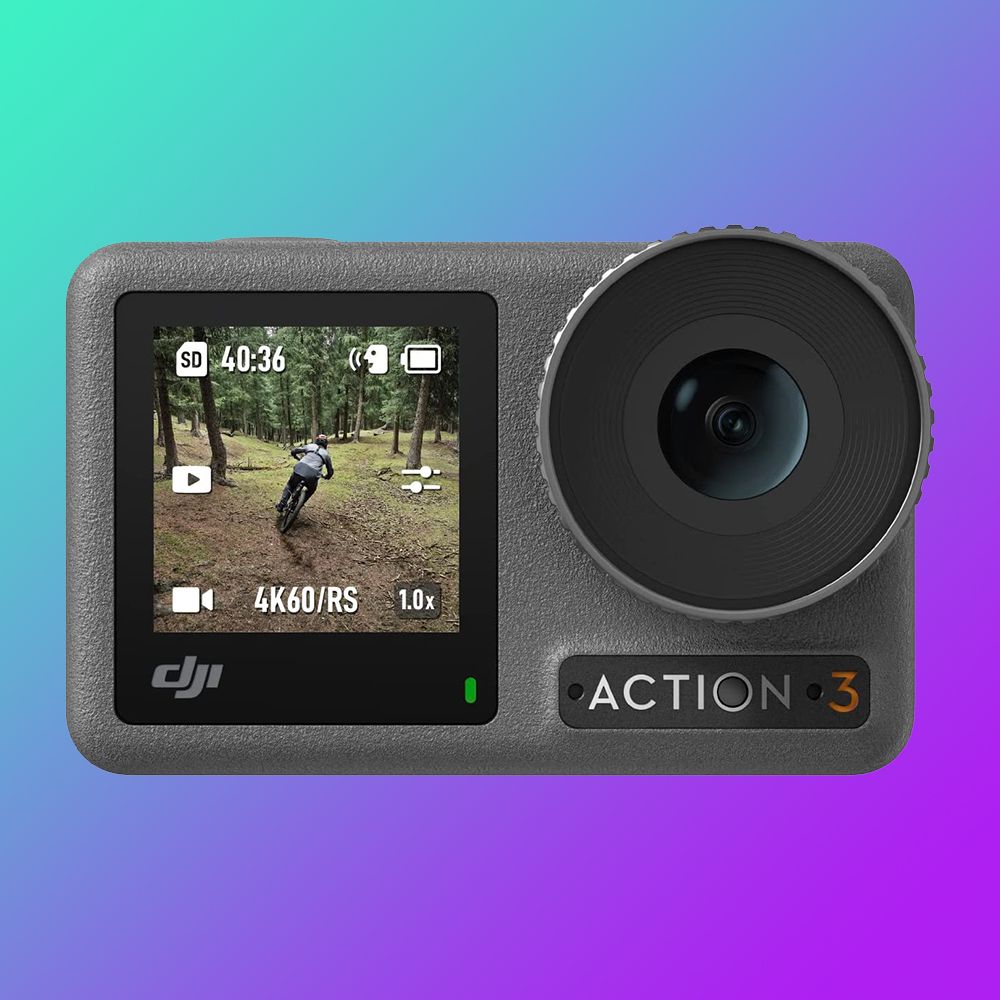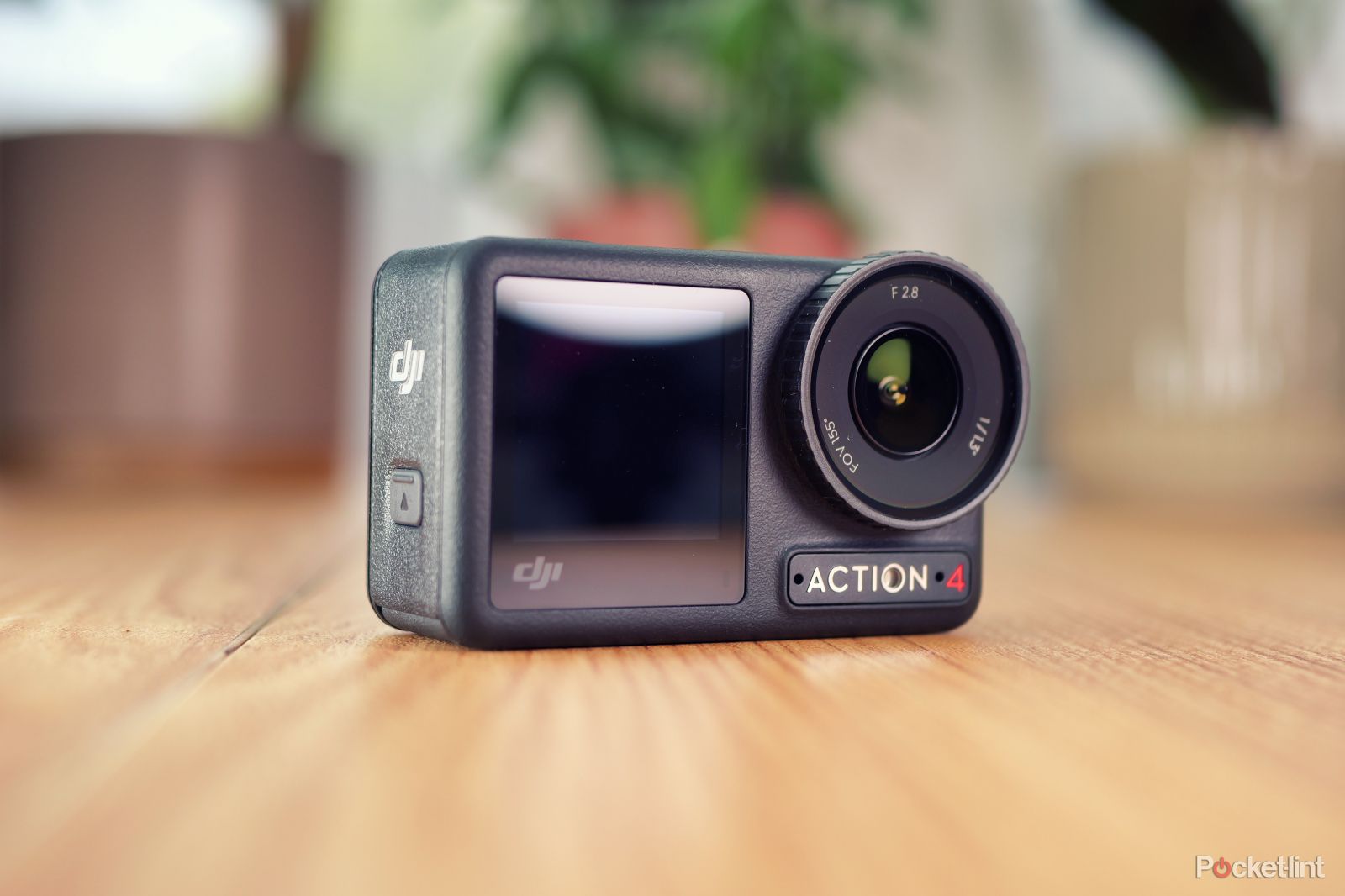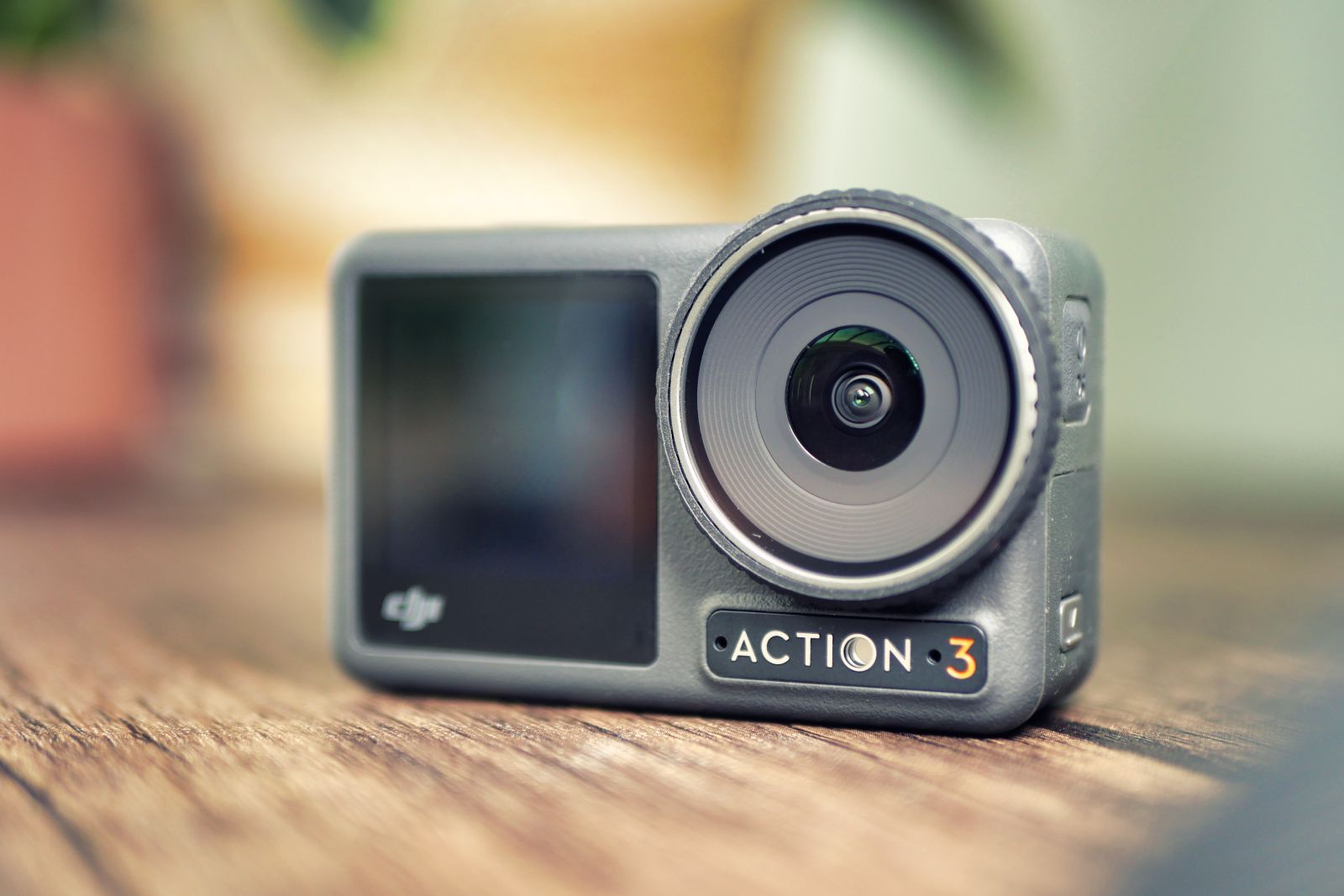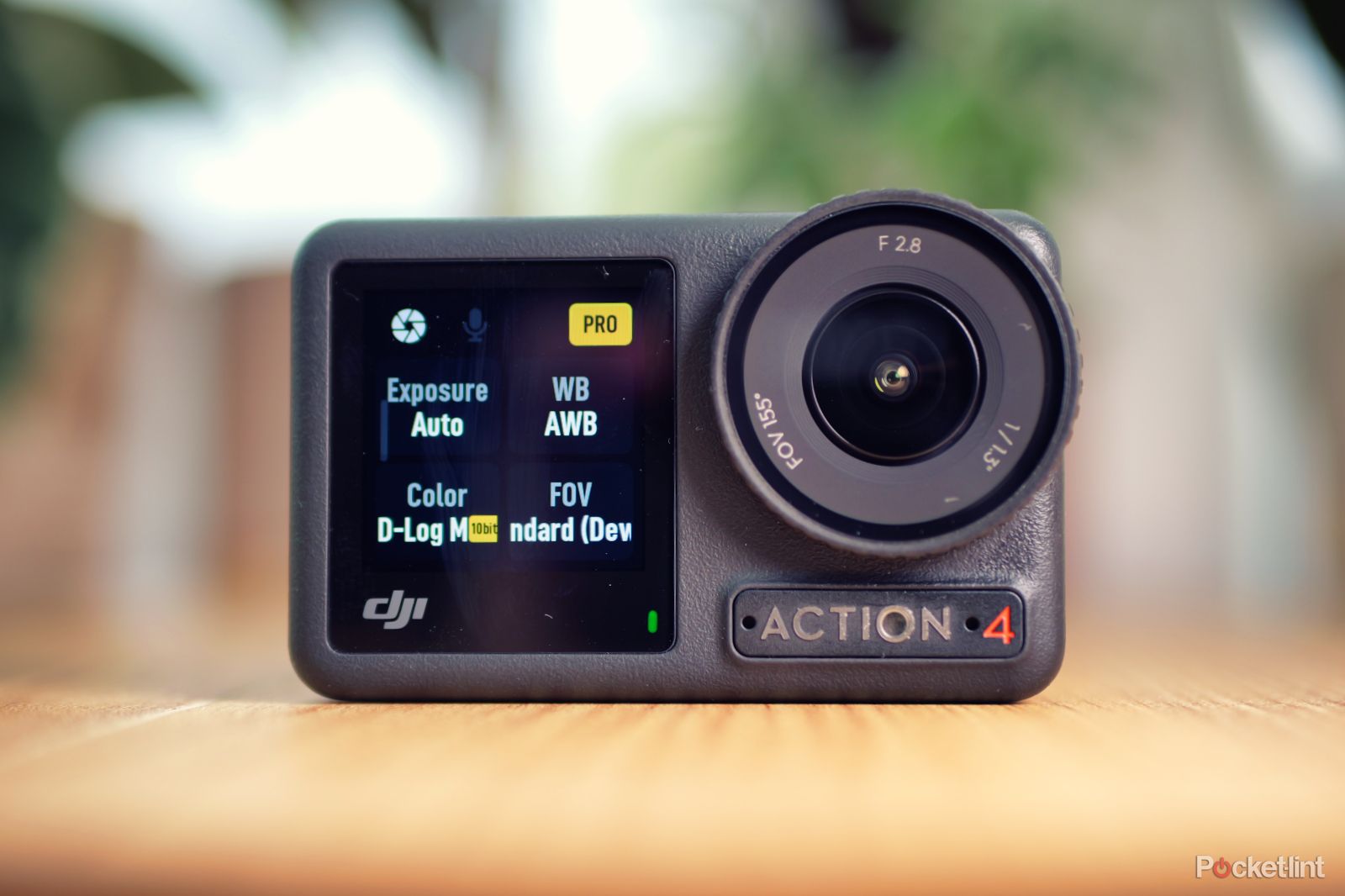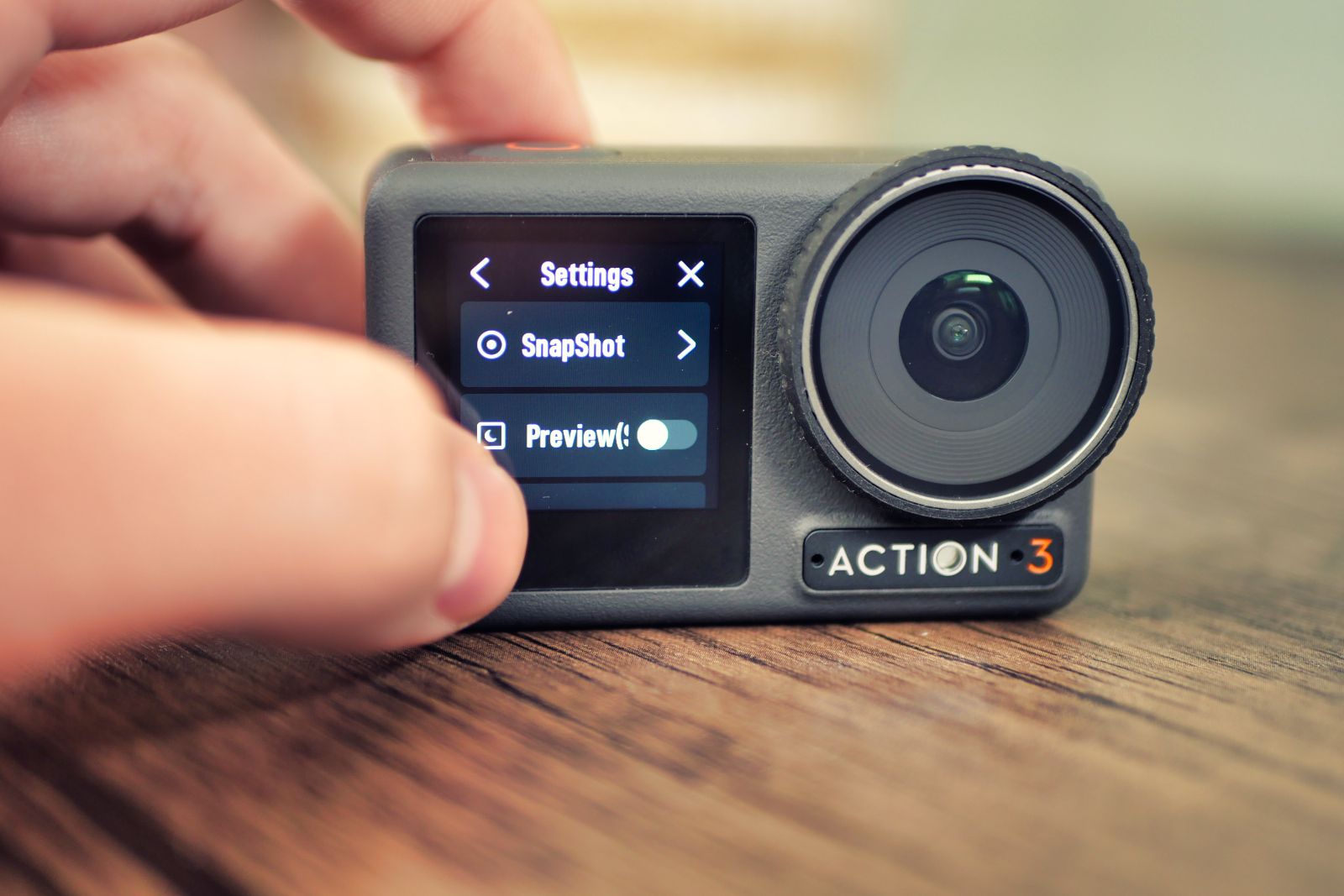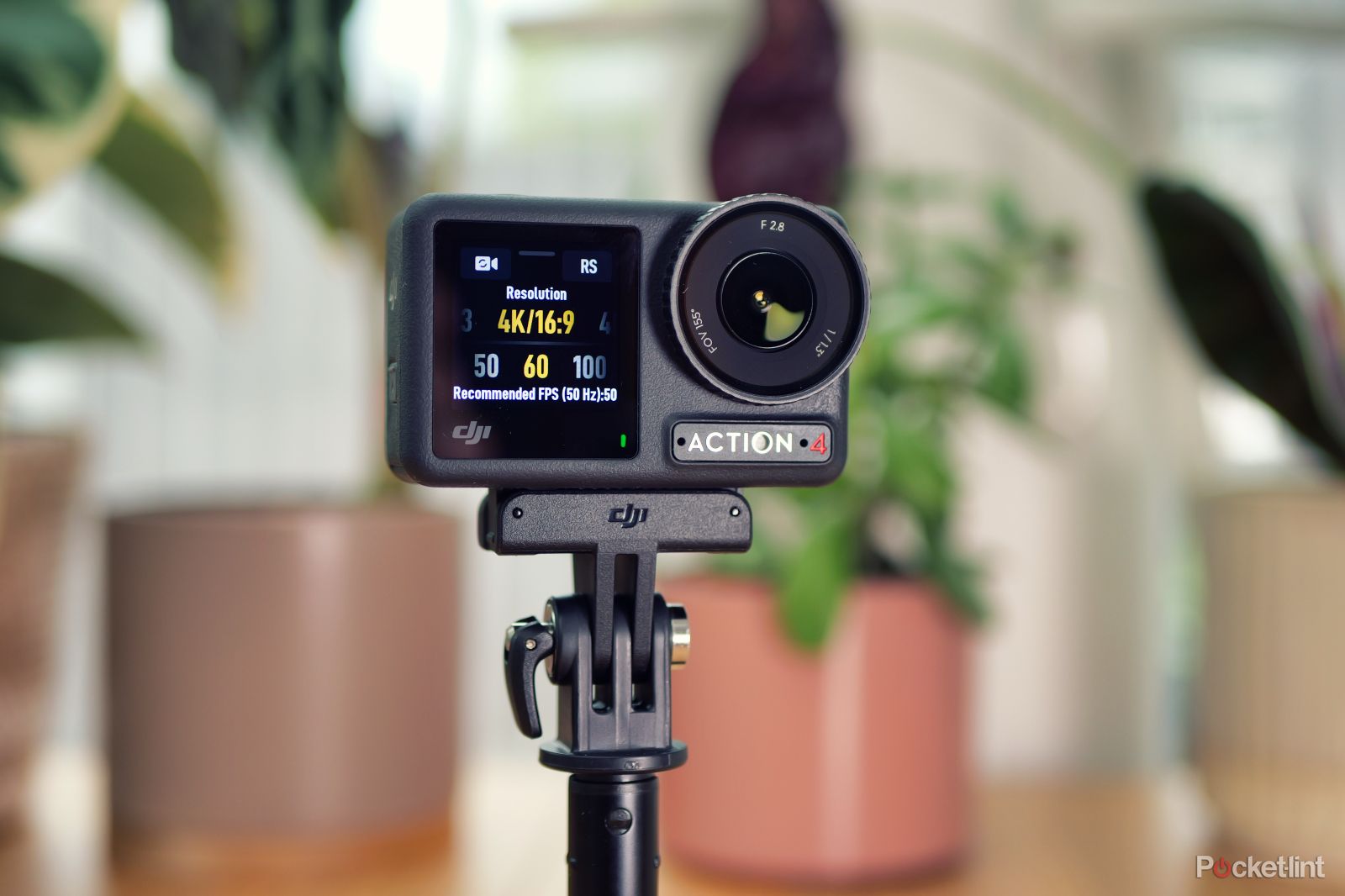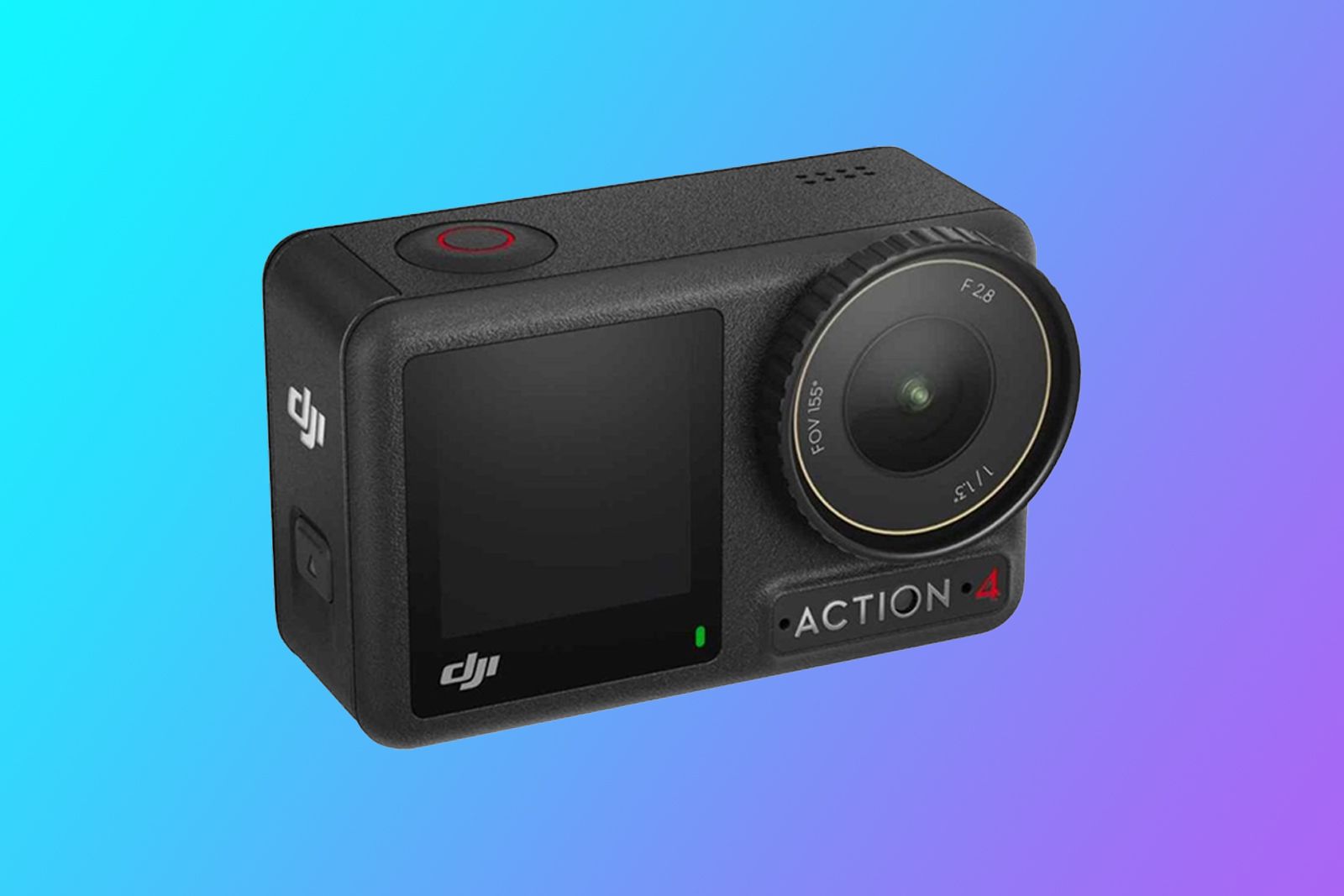-
DJI Osmo Action 4
Our top pickWith a much larger sensor onboard, the DJI Osmo Action 4 improves low-light performance, image fidelity and dynamic range. It also increases water resistance to 18m, but it comes at a significantly higher price.
Pros- Larger 1/1.3-inch sensor
- D-log M and wider dynamic range
- Increased waterproofing up to 18m
Cons- More expensive
-
DJI Osmo Action 3
Best value$279 $329 Save $50The Osmo Action 3 offers the same resolutions and frame rates as the Action 4, and it has the exact same size and weight as the newer model, too. If you mainly shoot in the daylight, you can save money with the older model.
Pros- Great value
- Same resolutions and frame rates
- Slightly longer battery life
Cons- Worse low-light performance
DJI's current flagship action camera looks identical to its predecessor, and the specs don't seem to have changed much, either. So, what exactly has changed?
We've tested both cameras and thoroughly analysed the spec sheets to answer that very question. If you're looking for an in-depth analysis of these cameras, you're in the right place, read on.
Specs, price and availability
The Osmo Action 3 was released on September 14 2022 at a price of $329 and has been available at retail ever since. It can often be found at prices around $280 since the release of the Action 4.
The Osmo Action 4 was released on August 2 2023 and retails for $399, a significant price bump over its predecessor. DJI says that its latest action camera is a true flagship option with best-in-class image quality, whereas the Osmo Action 3 was designed to offer unmatched value and durability.
-
DJI Osmo Action 4
- Sensor Size
- 1/1.3-inch
- Video Resolution
- 4K 120fps
- Photo Resolution
- Approx. 10MP
- Battery
- 1770 mAh Extreme battery
- Size
- 70x44x33 mm
- Weight
- 145g
- Water Resistance
- Waterproof up to 18m
- Lens
- Replaceable hydrophobic lens protector
-
DJI Osmo Action 3
- Sensor Size
- 1/1.7 inch
- Video Resolution
- 4K 120fps
- Photo Resolution
- 12MP
- Battery
- 1770 mAh Extreme battery
- Size
- 70×44×33 mm
- Weight
- 145g
- Water Resistance
- Waterproof up to 16m
- Lens
- Replaceable hydrophobic lens protector
Design
The DJI Osmo Action 4 looks all but identical to the Osmo Action 3, the size and weight are the same, as is the overall aesthetic. The chassis is slightly darker in colour this time around, and, obviously, there's a number 4 on the logo rather than a number 3.
We were pleased to see that the rubber sheath that encircled the lens protector is gone on this model, instead replaced by an injection-moulded plastic bumper. The rubber ring on the Action 3's lens protector always felt like an afterthought, and it was way too easy to lose, so this is a definite improvement.
Another change is that the waterproofing depth has been increased to 18m, up from 16m. Not a big deal to landlubbers, but for diving enthusiasts, this is the maximum recreational diving limit for open-water divers, which is a nice touch.
Both cameras use the same excellent quick-release mounting system, and both have a front-facing touchscreen. Both of these features are, at present, unmatched by the market-leading GoPro, and they make the Osmo Action cameras much more convenient in a variety of scenarios.
Video and photo capture
The Osmo Action 4 boasts a 1/1.3-inch sensor, which is significantly bigger than the 1/1.7-inch sensor on the Action 3. If you're not too clued up about sensor sizes, basically, a larger sensor will have better low-light performance and increased detail. A 1/1.3-inch sensor is very large by action camera standards, way larger than the GoPro Hero 12 Black sensor with its unusual 8:7 ratio.
In practice, DJI claims that the dynamic range and low-light signal-to-noise ratio are effectively improved by 1 stop on the Action 4. So, if you shoot at night a lot, this could prove to be a worthy upgrade, although we feel the daylight shots are quite comparable to the Action 3.
Another change is that there's no longer a dedicated HDR mode, and DJI says that all modes will record high-dynamic-range videos thanks to the new sensor. However, if you want the most dynamic range, you'll want to stick to 4K30 and below, where the camera enables sensor-level HDR technology. You'll also want to select D-Log M, which replaces D-Cinelike as the defacto 10-bit colour mode, offering a slightly flatter image for greater editing flexibility.
The DJI Osmo Action 4 can also embed metrics like your speed, acceleration and route map to your footage, but only if you purchase the GPS Bluetooth remote accessory. We're really happy to see this included, as it was something that was lacking in DJI's action cameras compared to the competition. It's a shame that it requires an accessory, though. GoPros can do this internally, and most of Insta360's cameras will let you do it so long as you're paired to the smartphone app.
A minor tweak, but one that can make a big difference to the way that your footage looks, is that the Action 4 allows you to adjust the sharpness of your videos. We've long moaned about action cameras not allowing you to reduce the sharpening, and we're really happy to see the option become more common.
Otherwise, the recording resolutions, frame rates and codecs are identical across both cameras.
Stabilisation, features and battery
For the most part, the stabilisation remains unchanged between the two cameras. However, you can export gyro data from recordings taken on the Action 4, and this is a huge win for FPV pilots who like to stabilise their footage in post with software like GyroFlow. Most people will never need this, but for those who do, it's a really big deal.
InvisiStick is a feature that was introduced with the Action 3, and it uses software trickery to make your selfie stick invisible, just like you'd see with footage from a 360 camera. This effect was only recommended for skiing, presumably because it's easier to mask snow than other terrain, but now it's available for more scenarios. The effect is decent, but you don't have to be an imaging expert to notice the masking. With the advances in AI image generation, it's easy to imagine this effect becoming incredibly realistic over the next few years.
The battery is the same on both models at 1770 mAh. What's surprising, though, is the battery doesn't last quite as long on the Osmo Action 4. DJI says this is because the performance has increased, leading to higher power consumption. You can achieve up to 160 minutes at 1080p with both cameras, however, that number is achievable at 30fps on the Action 3, and only 24fps on the Action 4.
Conclusion
The differences between the Osmo Action 4 and Osmo Action 3 are quite subtle. The biggest difference is the larger sensor, which vastly improves low-light performance, and if you shoot at night a lot, then you'll want to go for the newer model.
It's definitely the superior camera, but the difference in daylight isn't as big as we had hoped, and when you factor in the price hike, it starts to look less appealing. Still, there are other advantages, the increased waterproofing could prove valuable to divers, and the ability to add GPS data to your footage and export gyro data for post-stabilisation are extremely useful for a niche subset of users.
The Action 3 was already a better deal at launch, and now that it has been replaced, we're starting to see some real bargains. So for those looking for maximum value, we'd steer you in that direction. However, if the new features appeal, the Action 4 is a small upgrade to one of the best action cameras around, so it's still easy to recommend.

